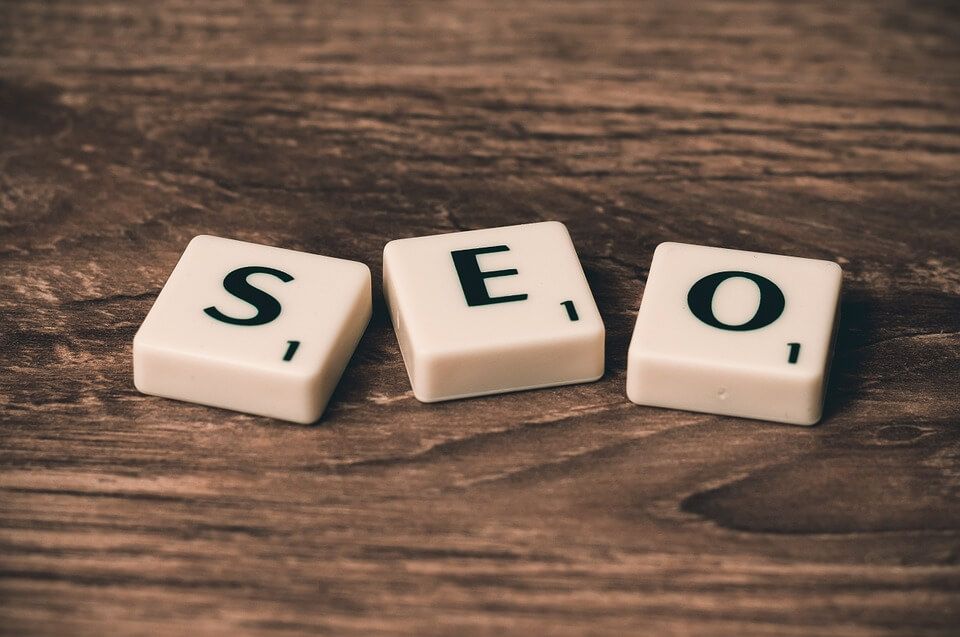If you’ve been told that SEO is the new kid on the block who only be friends the tech savvy, this article is for you.The concept of Search Engine Optimization has existed as long as search engines like Google and Yahoo have.
Whether you’re an entrepreneur looking to break the clutter of the internet age and gain visibility or a corporate giant innovating new ways of reaching your target audience, SEO is sure to add value to your digital profile.
So, what is SEO?
“The process of maximising visitors to a particular website by ensuring that the site appears high on the list of results returned by a search engine.”
When we think SEO, words like free, organic, editorial or natural come to mind. On the other hand, you may think Pay-Per-Click (PPC) ads, Adwords and Analytics. Let’ be clear – It takes more than technical knowledge to improve rankings, drive traffic, and increase awareness in search engines. Creative implementation and iterations are required: of the content on your page; of the external links on the website; of the site structure, to be understood by search engines. If all this seems a bit overwhelming, don’t fret because you’re not alone. Read on to understand the world of SEO and we’ll help you implement it in your strategy.
The two prime questions we’ll be addressing in this 2 part series is –
How do search engines work?
We all readily agree that search engines like Google, Yahoo, Bing, are the primary method of navigation for most Internet users. But sometimes it is easy to forget that search engines are also unique in that they provide targeted traffic—people looking for what you offer.
So if search engines cannot find your site, you miss out on incredible opportunities to drive traffic to your site. The first step towards implementing an SEO strategy is to understand the functions of search engines.
- Crawling and building an index–Search engines have a process in place, to go through the billions of interconnected documents on the web. Enter, HTML Links. These bind the pages on the web together so that they are easily navigable and stored in databases within seconds.
- Providing answers–When a person performs an online search, the search engine goes through billions of documents and does two things: first, it shows results that are relevant; second, it ranks those results according to the popularity of the websites.Popularity and relevance aren’t determined manually. Instead, the engines employ mathematical equations (algorithms).
Expert tip: Being listed at the top of the results page not only provides the greatest amount of traffic but also reinforces trust worthiness of the company or website.
How do people use search engines?
Once you grasp what your target market is searching for, you can more effectively reach and keep those users. The words that users type into the search box are called Search Queries.
There are three types of queries most of the internet users carry out –
Transactional Queries– Looking to do something, such as buy a plane ticket or listen to a song.
Informational Queries– Looking for information, such as the name of a band or the best restaurant in Chennai.
Navigation Queries– Looking for a particular place on the Internet, such as Facebook or the homepage of the Indian Premier League.
A typical search journey on the internet looks like this –
- Experience the need for an answer, solution, or information.
- Formulate that need in words and phrases – the Search Query.
- Enter the query into a search engine.
- Browse through the results for a match.
- Click on a result.
- Scan for a solution.
7a. If unsatisfied, return to the search results and browse for another link or
7b. Perform a new search with alternative keywords.
So while computer-generated algorithm tries different parts of the internet together and makes the World Wide Web navigable, the searches that matter are performed by humans. So the way to maximise leads to your web page is to understand users first, and search engines second.






